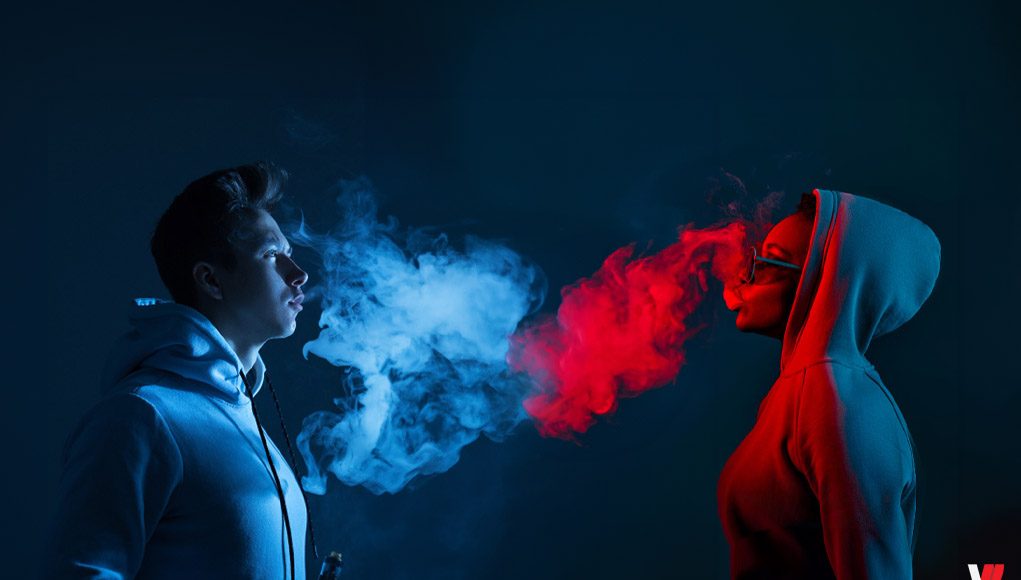Based on data from the 2021 National Survey on Drug Use and Health, the research discovered that 14.2% of those with cognitive disabilities reported past-month nicotine vaping compared to 9.6% without disabilities. Similarly, a connection between major depressive episodes (MDEs) and vaping in adolescent and young adult populations was identified.
Lead study author and associate professor in Mason’s College of Public Health, Gilbert Gimm, emphasized the importance of additional support and early interventions for those at higher risk of nicotine vaping. This point has been brought up time and time again by experts in the field, who have urged lawmakers to takle the root causes of teen vaping rather than focusing solely on setting restrictions.
The importance of tackling the cause not the effect
Discussing this point with tobacco treatment expert and researcher Dr. Colin Mendelsohn earlier this year, the Australian physician had told Vaping Post that many teens turn to vaping because they find nicotine stress relieving. “Many studies have found that kids with mental illness, low academic achievement etc are more likely to vape. Vaping relieves stress and improves mood. In this survey 51% said they vape to relieve anxiety. The same findings apply to smoking.”
In fact, the latest data from the Household, Income and Labour Dynamics in Australia (HILDA) revealed concerning trends among younger Australians, showing higher levels of psychological distress and loneliness compared to older age groups. The report, which spans from 2001 to 2021 and tracks over 17,000 people in over 9,000 households, also included insights into vaping and e-cigarette use for the first time.
The report revealed that individuals aged 15-24 had the highest average distress scores in 2021 at 42.3% versus 18.4% in 2011. This may be partly linked with smartphone and social media use. The distress levels seem to decline with age, however between 2007 and 2021, the prevalence of distress increased by roughly 51% among men and 63% among women.
Despite the harsh vape restrictions set in place in Australia, the report indicated an increase in teen vaping. In 2021, 14.1% of individuals aged 15 and above had tried vaping products. Men were slightly more likely to vape than women, and individuals who smoked tobacco had a significantly higher probability of vaping.
Prohibition is counterproductive
In other news in line with the above findings, on a recent visit in Australia, New Zealand’s Action for Smokefree 2025 (ASH) Director Ben Youdan, revealed that New Zealand’s Health Surveys indicate a remarkable 49% decline in adult smoking rates over the past five years, contrasting with Australia’s marginal decrease from 12.3% to 11.8% during the same period. In parallel, despite Australia’s prescription-based approach, youth vaping rates have risen to levels similar to New Zealand. Youdan finds this especially concerning, given that the only products young people in Australia have access to are illicit ones without regulatory oversight.












